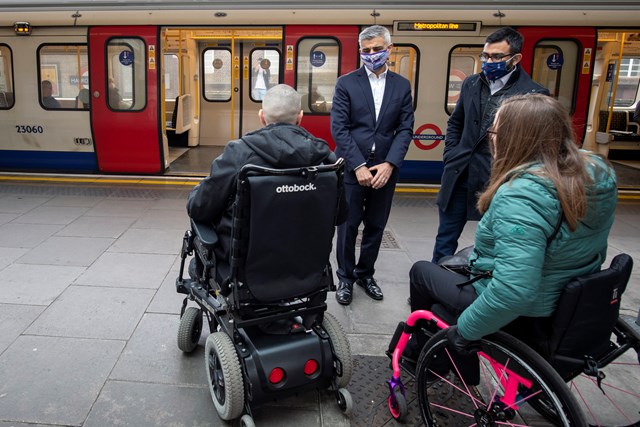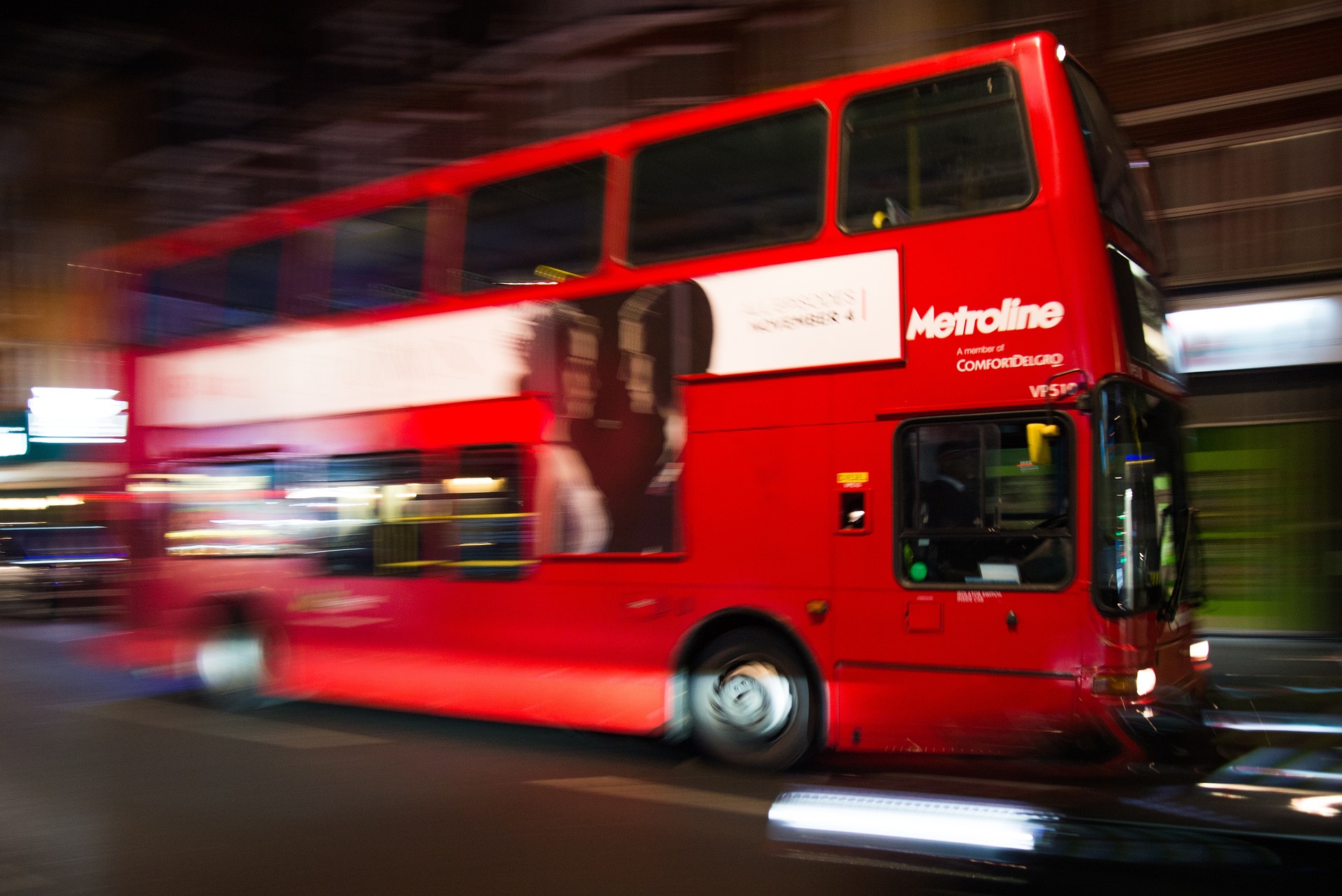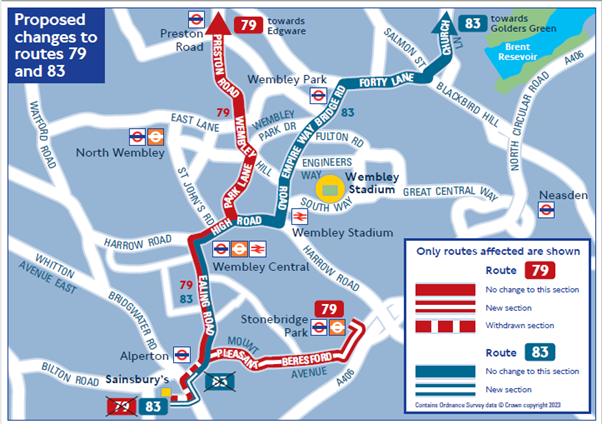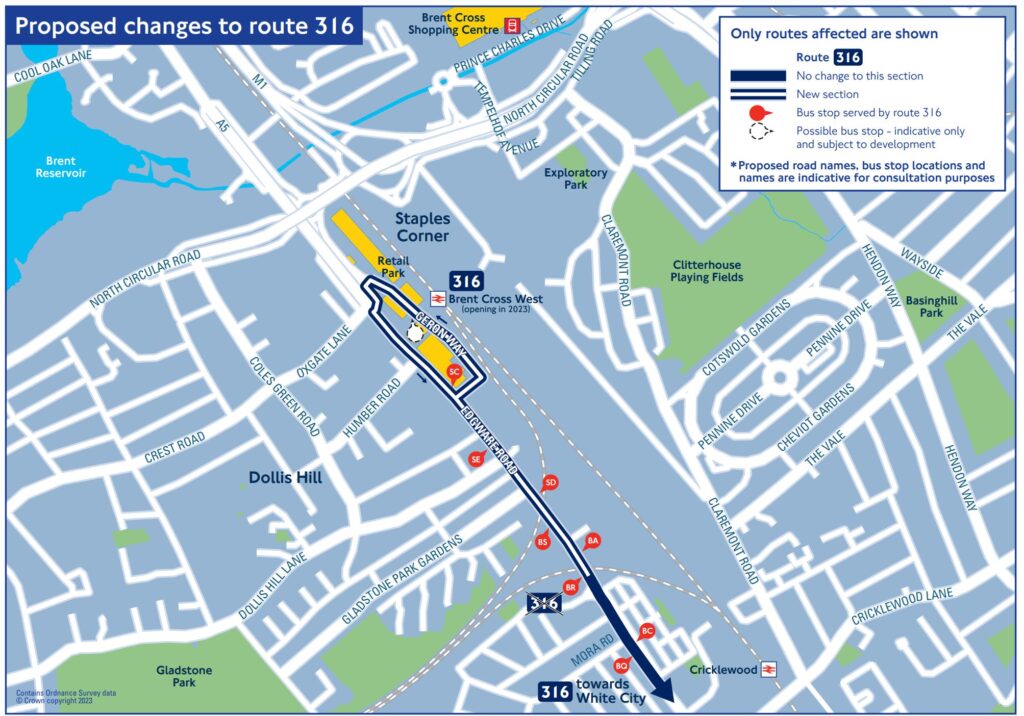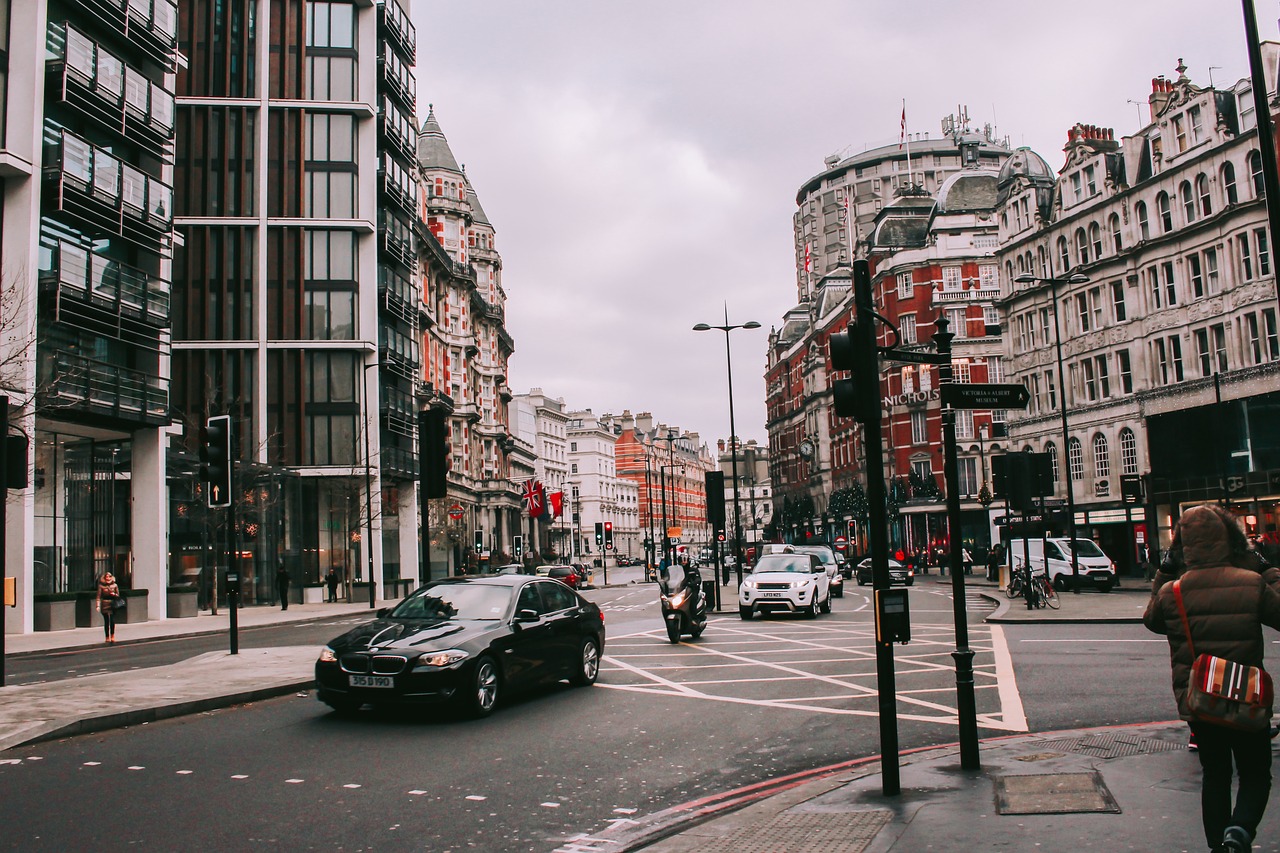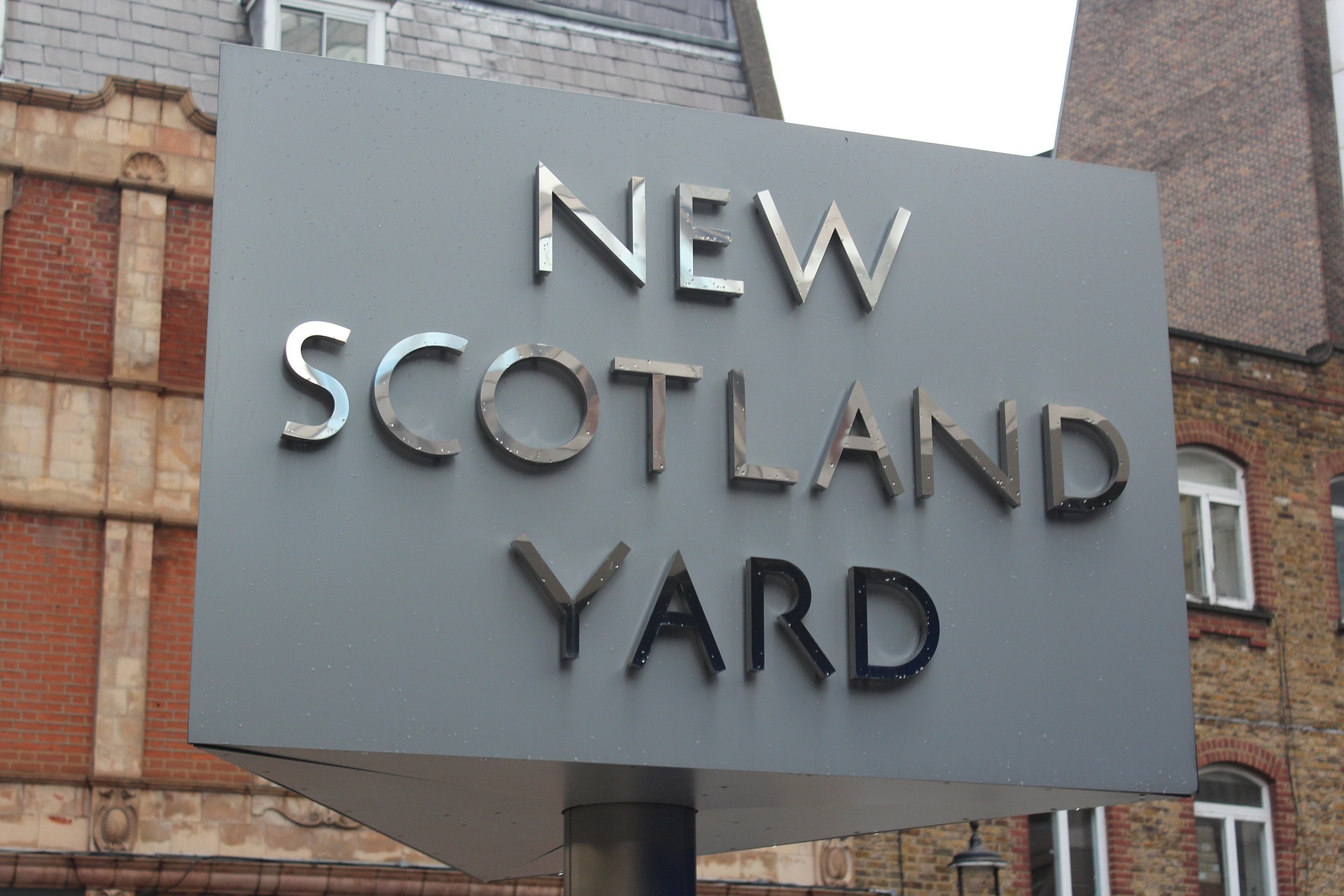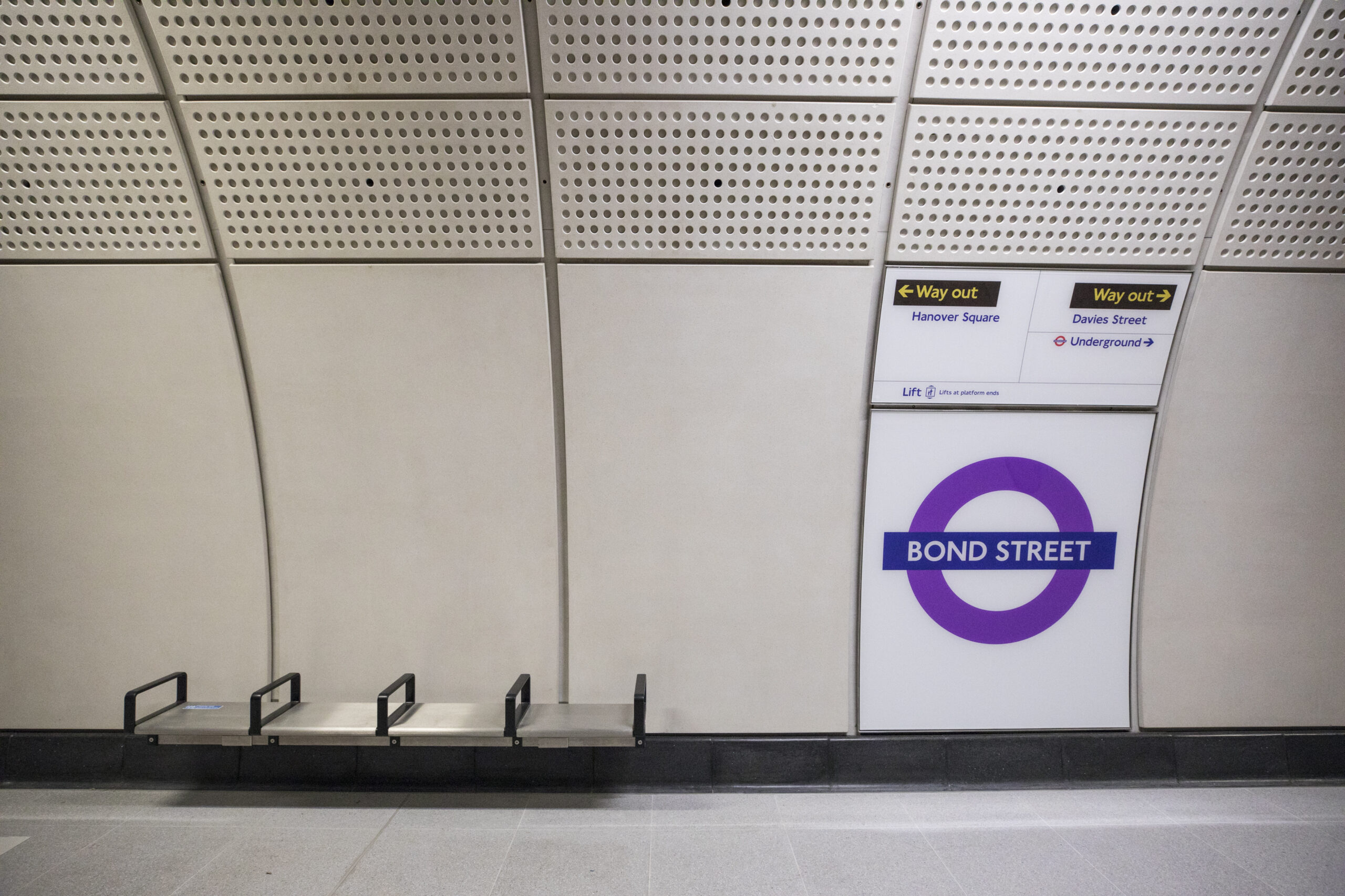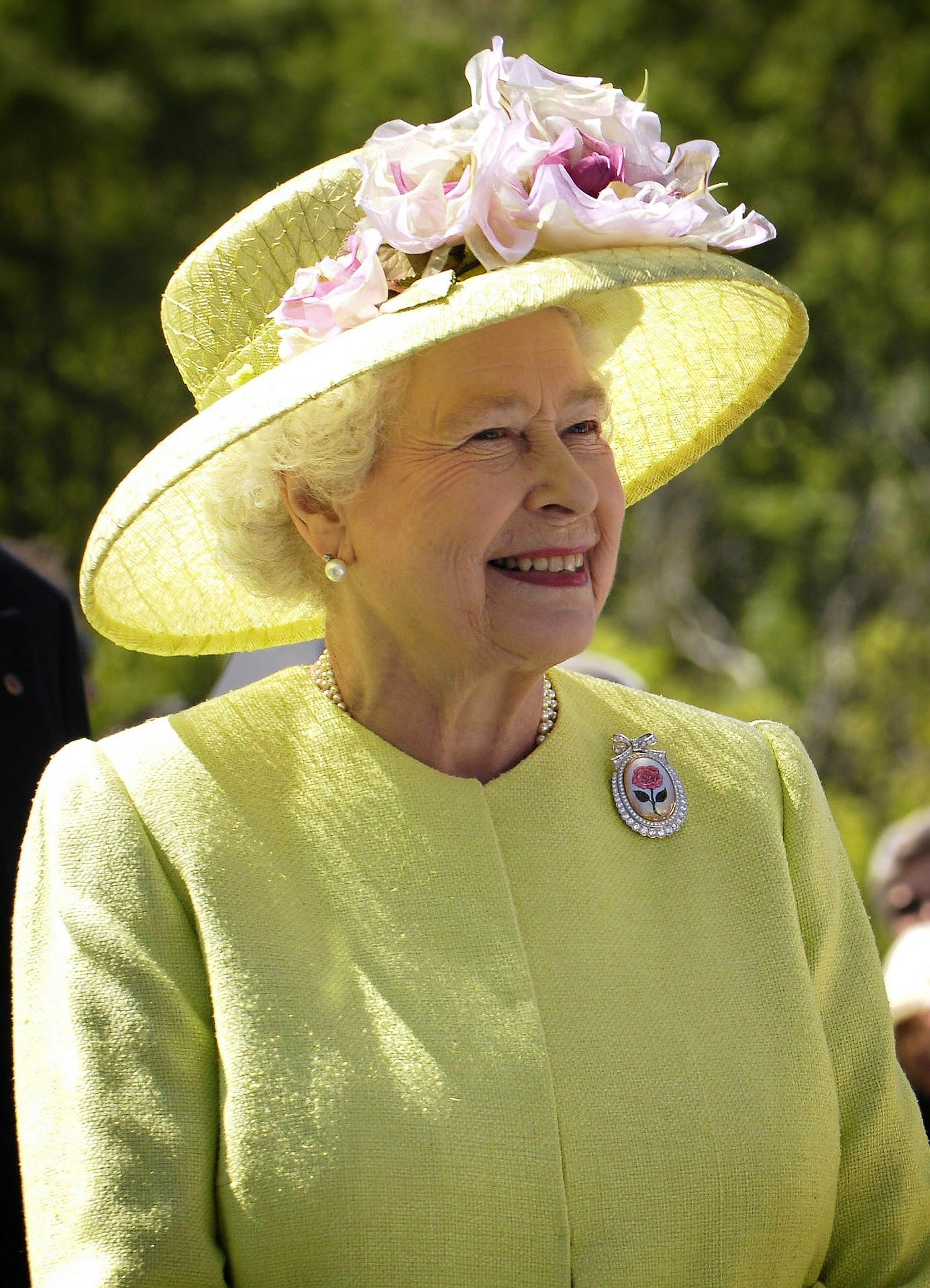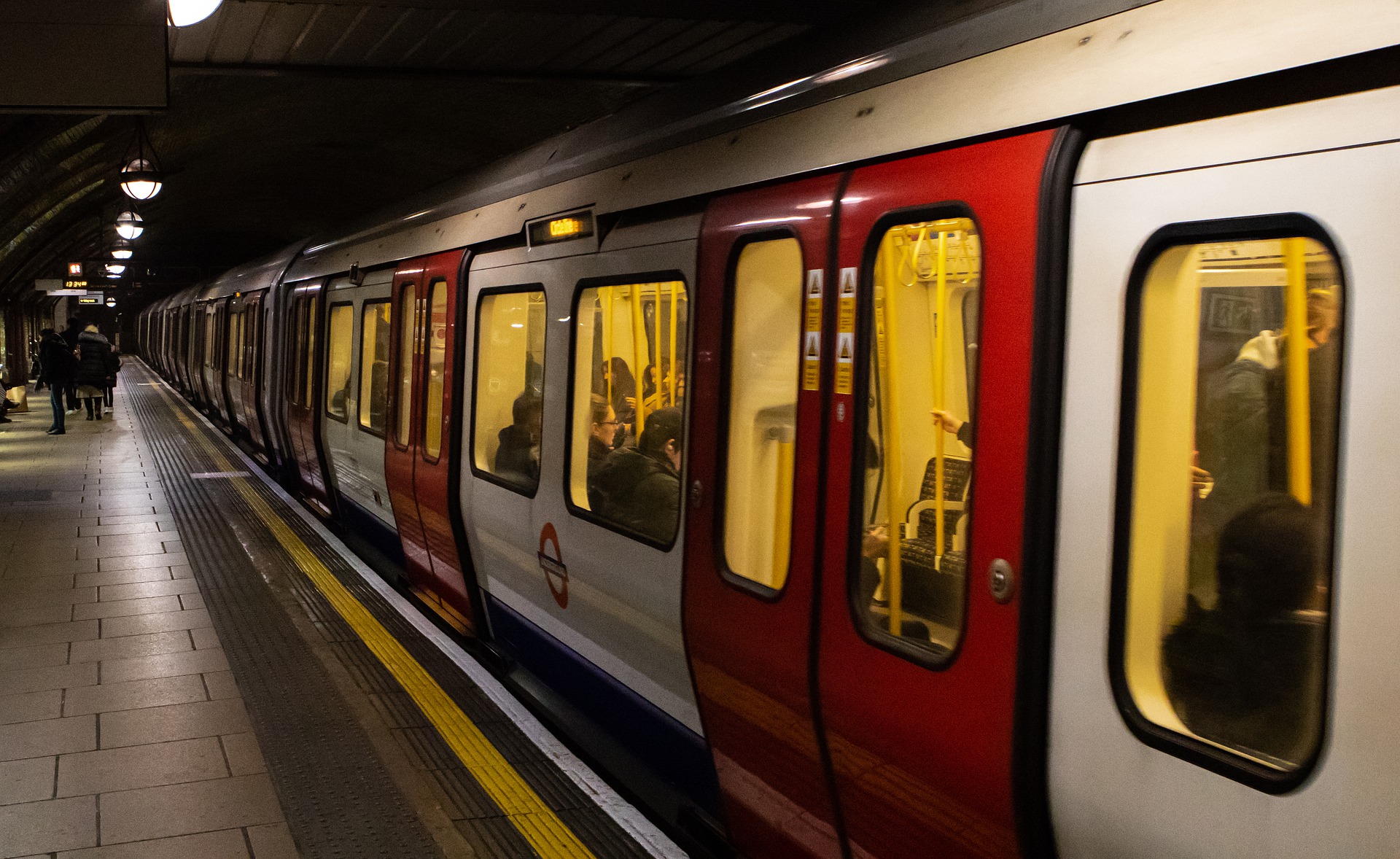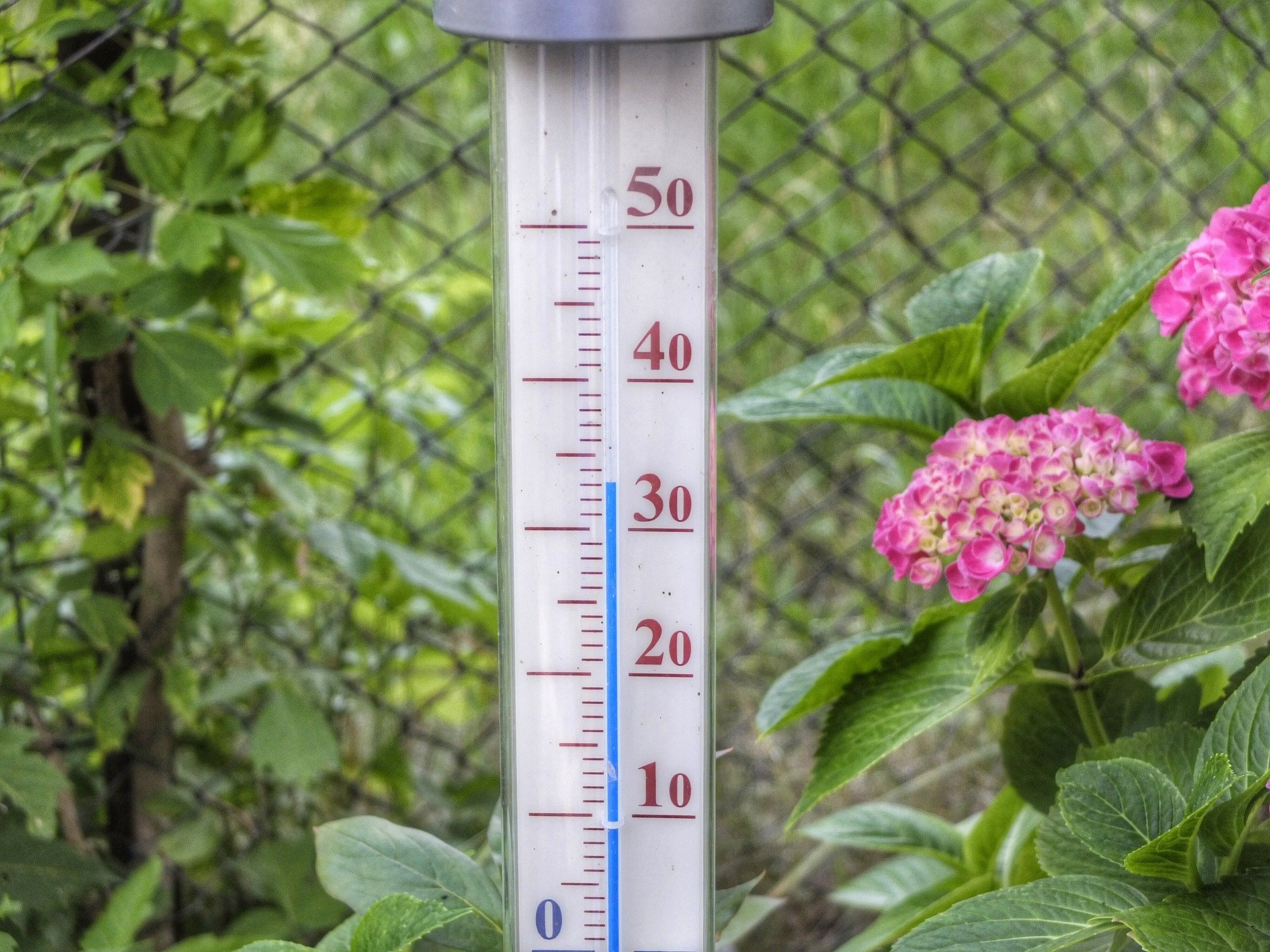ULEZ scrappage scheme expanded to cover all impacted Londoners
Having listened to the concerns of Londoners over recent months, particularly as a result of the impact of the cost-of-living crisis, eligibility for the scrappage scheme will massively widen and grants will increase for vans, minibuses, wheelchair accessible vehicles and retrofits.
The Mayor plans to use £50 million of City Hall’s reserves to fund these changes – taking the total fund to £160 million.
From today, Friday 4th August, the below changes will be made to the scheme:
- Grants for scrapping a non-compliant van will increase from £5,000 to £7,000
- Grants for wheelchair accessible vehicles will increase from £5,000 to £10,000
- Grants for scrapping minibuses will increase from £7,000 to £9,000
- Grants to replace a non-compliant van with electric van increase from £7,500 to £9,500
- Grants to replace a non-compliant minibus with an electric minibus increase from £9,500 to £11,500
- Retrofit grants increase from £5k to £6k, typically enough to cover the whole cost of retrofitting
From Monday 21st August, the following changes will be made to the scheme:
- Every single Londoner with a non ULEZ-compliant car or motorcycle will be eligible for a £2,000 grant (or £1,000 for a motorcycle), or a higher value package of up to two bus and tram passes plus a lower grant
- Small businesses and sole traders will be able to apply to scrap up to three vehicles (from one)
Already, 9 in 10 cars seen driving in outer London on an average day are compliant with the ULEZ standards, meaning their drivers won’t need to pay the daily charge when the ULEZ expands.
The Mayor and TfL are encouraging everyone to check if their vehicle is compliant online: https://tfl.gov.uk/modes/driving/check-your-vehicle/. Those with non-compliant vehicles will be able to access funding through the scrappage scheme as listed above. More information is available on the TfL website: https://tfl.gov.uk/modes/driving/ultra-low-emission-zone/scrappage-schemes.


